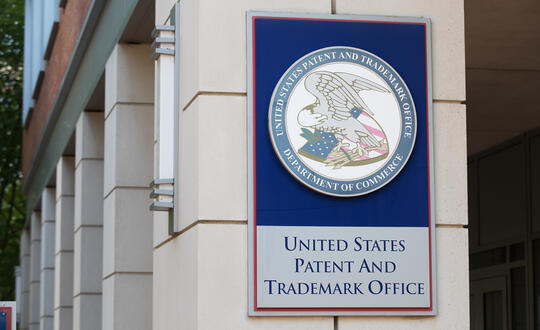Be Wary of Provisional Priority Dates in Prior Art
Nov 03 2025
Patent applicants often file provisional applications at the United States Patent and Trademark Office (USPTO) to secure a priority date before filing a full-blown utility patent application for their inventions. To be entitled to the priority date from the provisional application filing, the claims of the later-filed utility application must be supported by the written description of the provisional application.
While applicants usually appreciate the principle of priority and strive to minimize the gap between the claims of the utility application and the written description of the provisional-priority application, applicants – as well as patent professionals – sometimes overlook the importance of verifying the written description of a provisional application filed by a third party. This oversight could lead to improper rejections of applicant’s claims based on “prior art” that in fact postdates applicant’s priority date. A common scenario is given below.
During examination of a subject patent application, the examiner cites a utility patent reference filed by a third party later than the priority date of the subject patent application. The postdating reference was shown in the examiner’s search results because it claims priority to a provisional application that predates the subject patent application. In other words, the subject patent application is an intervening application whose priority date is earlier than the filing date of the third party’s utility patent reference but later than the filing date of the third party’s provisional application.
In this scenario, the postdating utility patent reference cannot be properly relied on as prior art to reject the subject patent application unless the cited sections of the postdating reference are supported by the written description of the predating provisional application. It is thus important for the applicant of the subject patent application to verify that the specific teachings cited from the postdating reference are indeed supported by the predating provisional application. If the support is incomplete or missing, the applicant can request withdrawal of the rejections by arguing that such cited teachings are not prior art and should not have been cited in the rejection.
Compared with filing a response with substantive arguments, this approach could potentially disqualify a cited reference as prior art outright while minimizing prosecution history estoppel against the claimed invention. In addition to keeping records clean, this approach does not require making claim amendments that inevitably gives up claim scope. The preservation of broad claim scope can be particularly advantageous to applicants and patentees in highly competitive industries. To these applicants and patentees, broader patent claim scope provides more freedom of exploring solutions to improve their products and services while limiting the competitors’ freedom of the same, thereby reducing the threat of substitution and fortifying the barrier to entry. Therefore, patent applicants should first verify whether teachings of a patent reference cited in a rejection are truly prior art that predates applicant’s own disclosure.